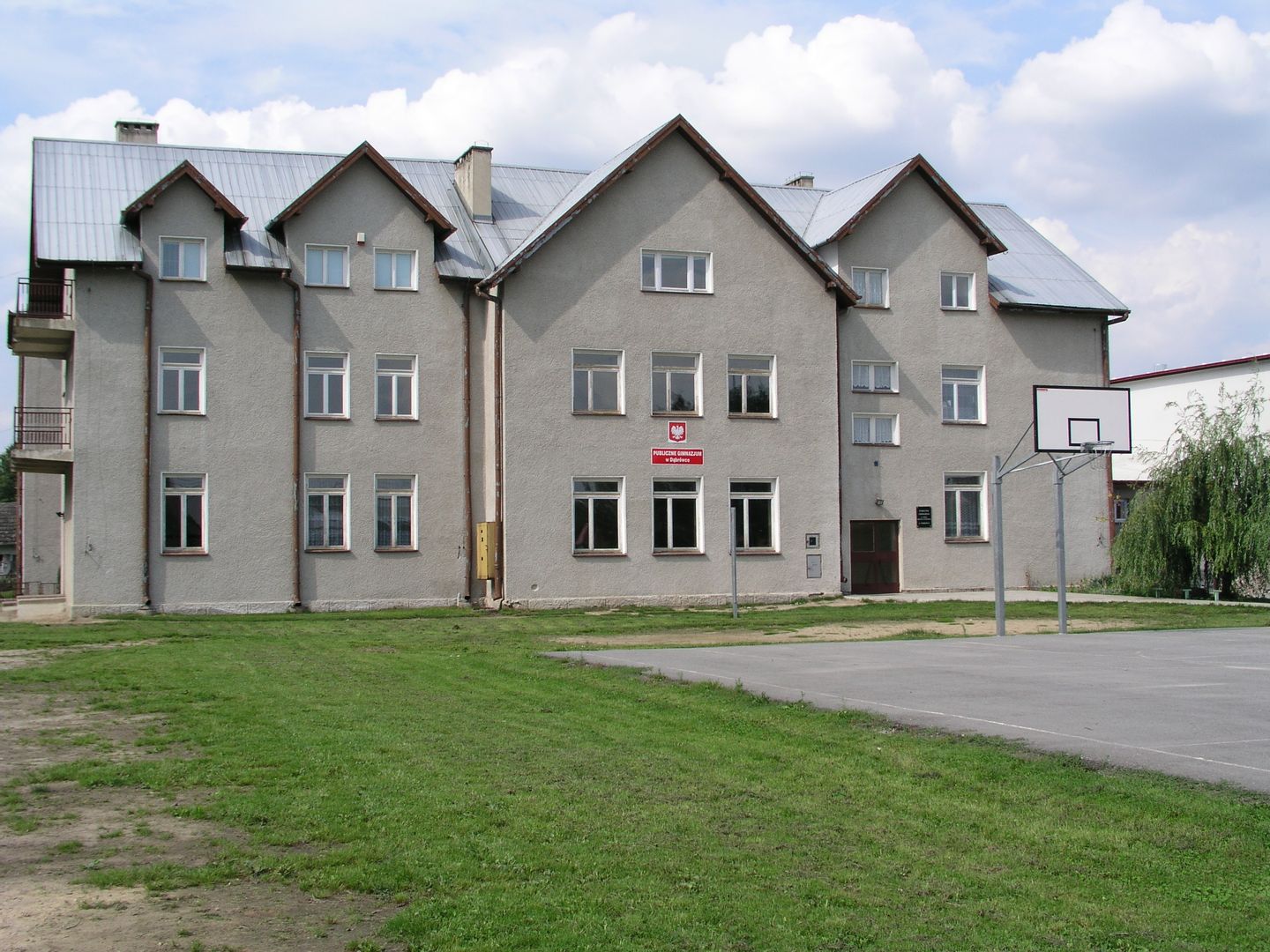Dąbrówka
6.07

Overview
Dąbrówka is a village located in the Lesser Poland Voivodeship, within Bochnia County, and is part of the Rzezawa municipality. Education in the village is represented by three institutions: the Public Primary School named after Primate Stefan Cardinal Wyszyński, the Public Middle School, and the Public Kindergarten. The history of the school dates back to the 19th century when, in 1890, a school was established in Buczków, which also served Dąbrówka; the school opened in 1892. In 1910, the schools in Dąbrówka and Buczków were separated, and in 1925, they were merged back into a single 6-grade school, a move that met with resistance from the residents of Dąbrówka. In 1937, Dąbrówka regained its own school. The period of World War II brought many difficulties; education in Dąbrówka resumed secretly in 1943, thanks to the efforts of Maria Gawłowicz. An interesting fact is the legend of the chapel in Bukowina, which tells the story of the disappearance of the temple after a curse cast by a berry picker. Dąbrówka has a rich heritage, with the first mentions dating back to 1414 and locational acts from 1439. In the 19th century, the village was associated with social movements, and the Universal Confederation of the Polish Nation organized harvest festivals there. Dąbrówka also experienced interesting administrative changes, belonging to the Krzeczów starostwo and, from 1975 to 1998, administratively to the Tarnów Voivodeship. The village features many physiographic names, such as Bory or Piaski. Notable figures associated with Dąbrówka include Ignacy Kielan and Tadeusz Radecki, who participated in armed actions during World War II. Dąbrówka is also known for its picturesque surroundings, where oak trees grow, giving the village its name. The locality benefits from private transport services, which facilitate communication.
Location
2025 Wizytor | All Rights Reserved